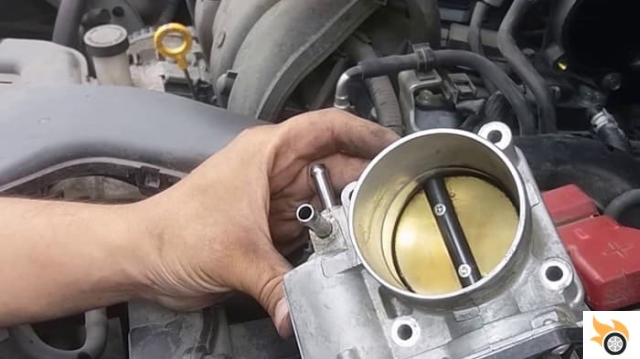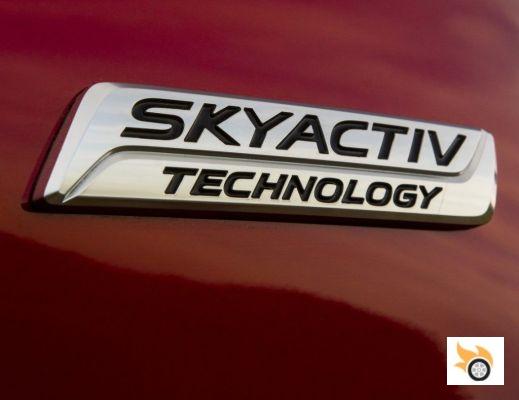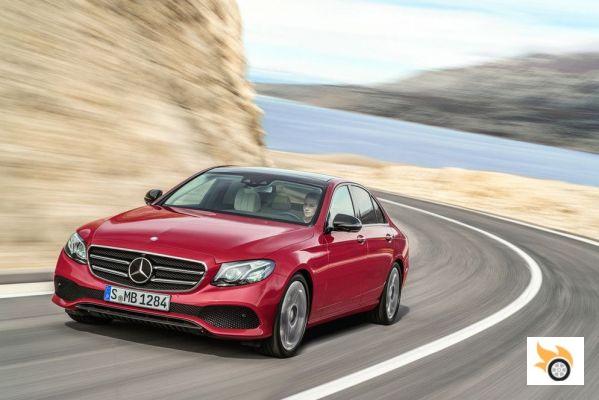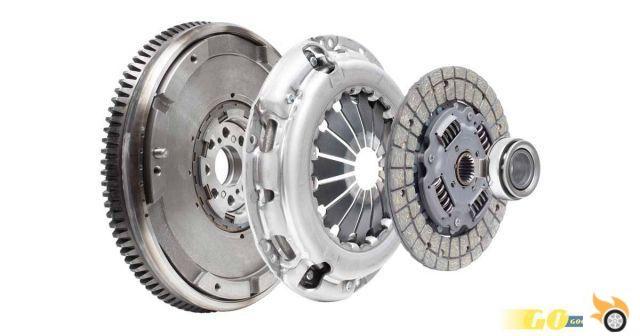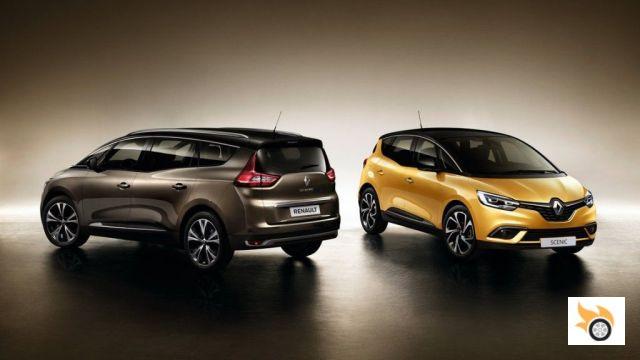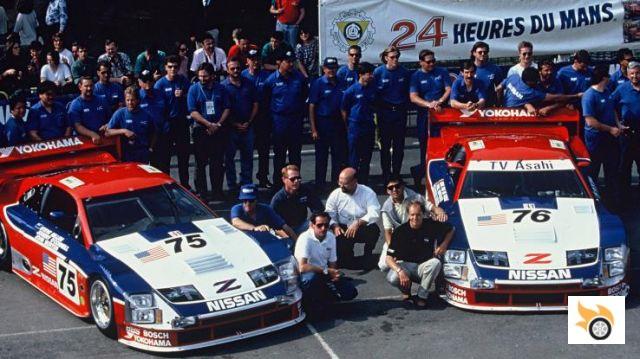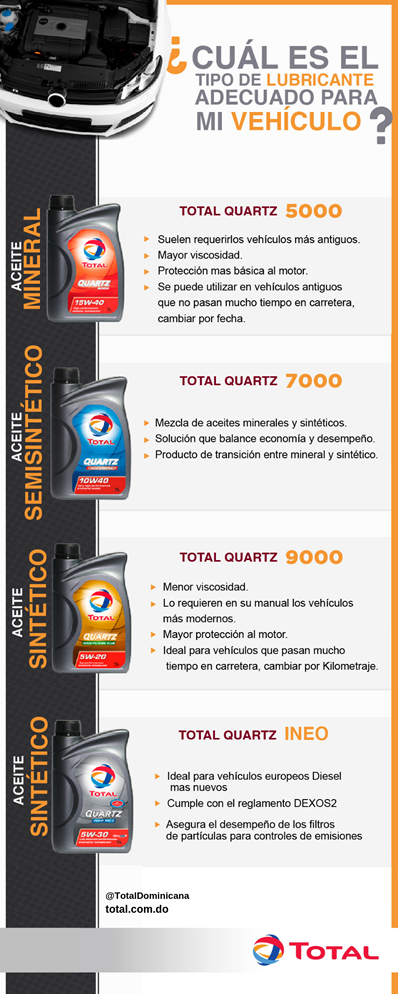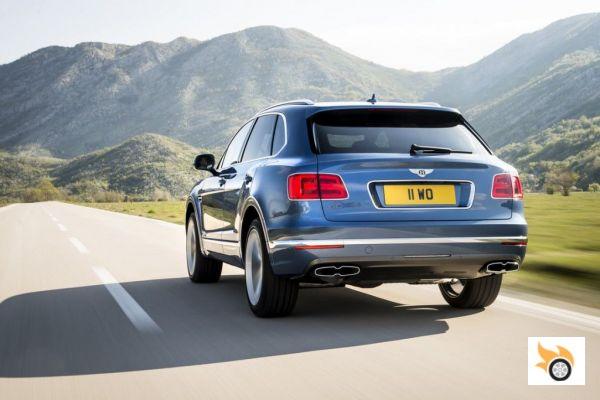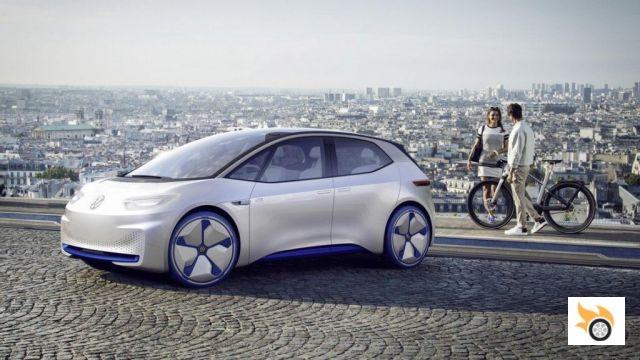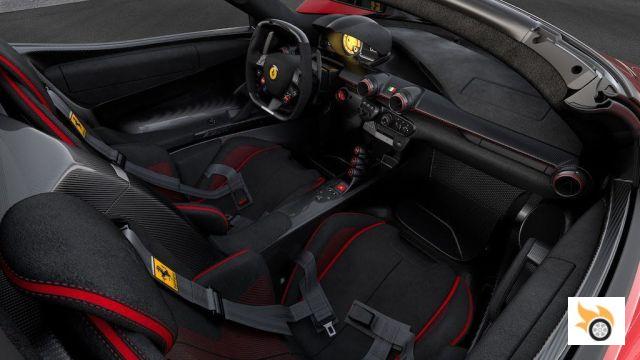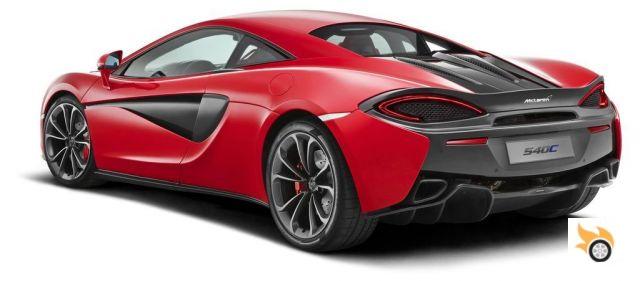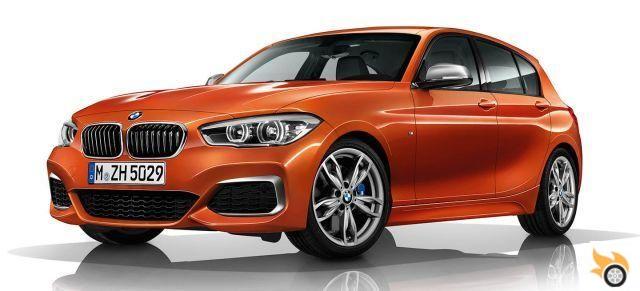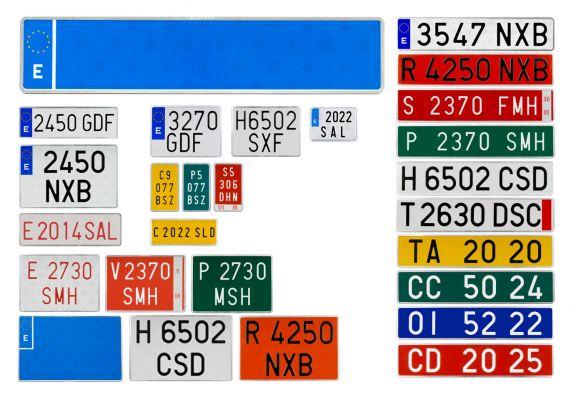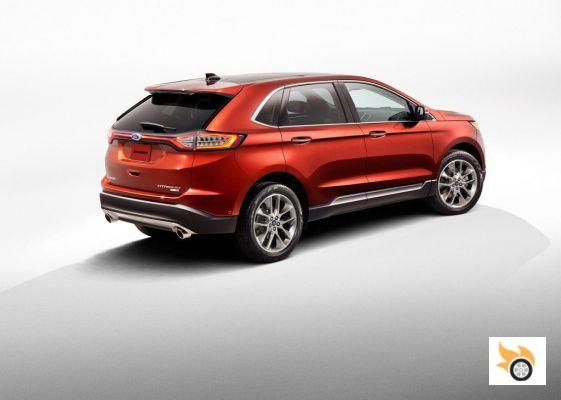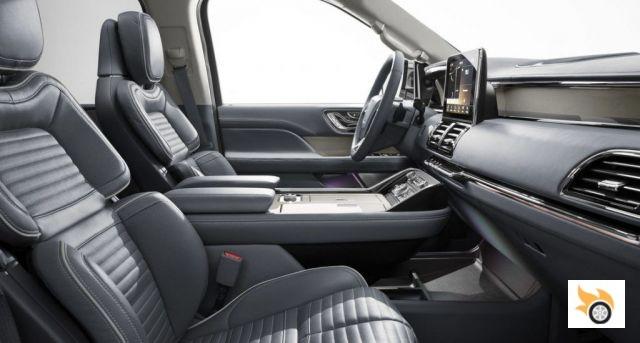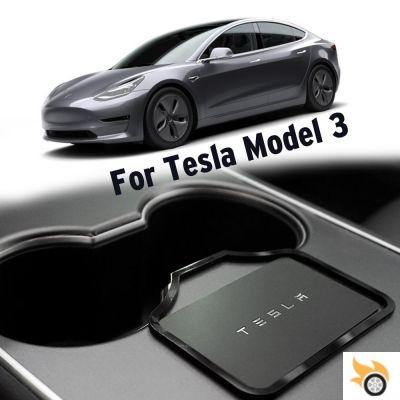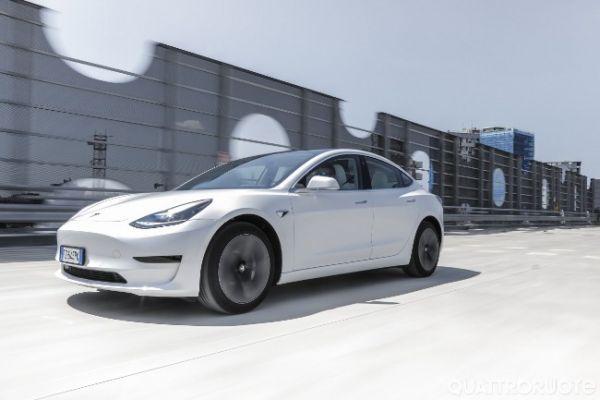
Just landed in Europe, in the summer of 2019, the Tesla Model 3 Long Range Awd it was immediately subjected to our instrumental evaluations. Now, given the commercial success of Elon Musk's electric vehicle, we have also decided to test the entry-level version of the sedan with only two-wheel drive and less capacious batteries. Compared to her sister, the Standard Range Plus foregoes the front motor and the battery has more than a quarter less energy: from 75 to 55 kWh. Therefore, for a lower cost of 8.420 euros, according to the data declared, the range drops from 560 to 409 kilometers and performance is reduced (one more second to accelerate from 0 to 100 km/h).
Inside is always the same. In short, the least expensive Tesla is also the most convenient, given that performance is always very high (only 5,5 seconds for 0-100) and the range is still interesting. Then, for the rest, it is identical to the more expensive versions, both outside and inside: thus we find the environment that combines minimalism and hi-tech, with the dashboard free from instruments and controls, all concentrated on the big screen center 15 inch. The only physical controls remain the gear selector on the right of the column (which also serves for cruise control), the lever on the left for lights, indicators and windshield wipers, the hazard button (awkward because it is too small and camouflaged in the pavilion, near to the ceiling light) and the two small wheels on the steering wheel which, from time to time, adjust a different function, selected from the thousands available on the display, including even the adjustment of the door mirrors.
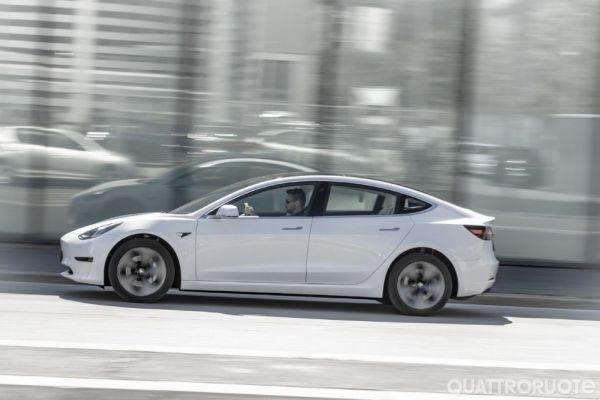
Beautiful, but impractical. Precisely this abundance of menus and options risks distracting from driving, also because the graphics are elegant, but not particularly visible: small characters have also been used for the main information, such as speed and residual range. And, above all, the gaze must be brought not only downwards, as is done to read the instruments in a conventional position (which, moreover, the other Teslas are equipped with), but also towards the right. All this, in any case, does not compromise the judgment on driving the Model 3, which is positive. As in all electric cars, pressing the accelerator pedal corresponds to the immediate delivery of torque, which has no comparison in the world of traditional engines. And then, from the point of view of the chassis, in the case of the Model 3 there are all the fundamentals for level behavior, given that the steering is very direct and the sophisticated suspensions have a calibration that pays more attention to handling than to comfort. And, still speaking of comfort, the silence of the passenger compartment is not record-breaking: the engine merely produces a low hum, but the rolling of the tires is clearly perceptible.
Agile, but unbalanced. Returning to driving, the low center of gravity and 230 kilos less than the Standard Range, combined with the qualities of the set-up and steering (but which has somewhat artificial feedback), are the premises for agile and safe behaviour. The absence of the front engine, however, unbalances the weight distribution towards the rear, which translates into a tendency to oversteer, which the ESP keeps under control with marked interventions. The brakes are rarely used, since the regenerative braking on the most energetic level allows – if not exaggerated – driving with a single pedal. If, however, one has to resort to discs, the Model 3 stops in small spaces, but goes a bit long on surfaces with differentiated grip. And the streamlined wheel trims are not conducive to cooling under heavy use.
Low costs. In short, this entry-level version of the Tesla world has what it takes to be considered by those perhaps thinking of a Giulia, an A4 or a 3 Series, have a garage or parking space available in which to install a wallbox for recharges, carefully plans long journeys and is sensitive to environmental issues. But, doing the math right, it can also convince those who own a car of a lower category. The purchase, even taking into account the incentives, is certainly more expensive, but maintenance is less expensive, primarily (but not only) due to the low cost of energy: with domestic energy, this Model 3 only needs 3,30, 100 euros every XNUMX kilometres, a value that has no equal among traditional cars, even if they are methane-powered. Just enough to pique the interest of those who look after their wallet.





